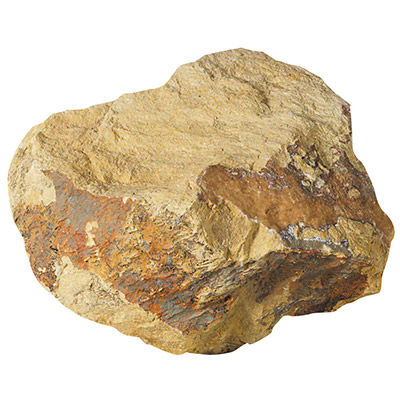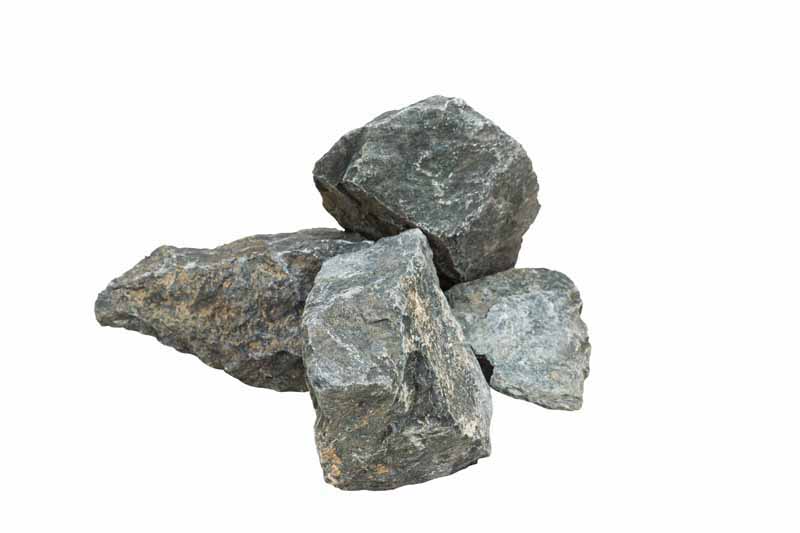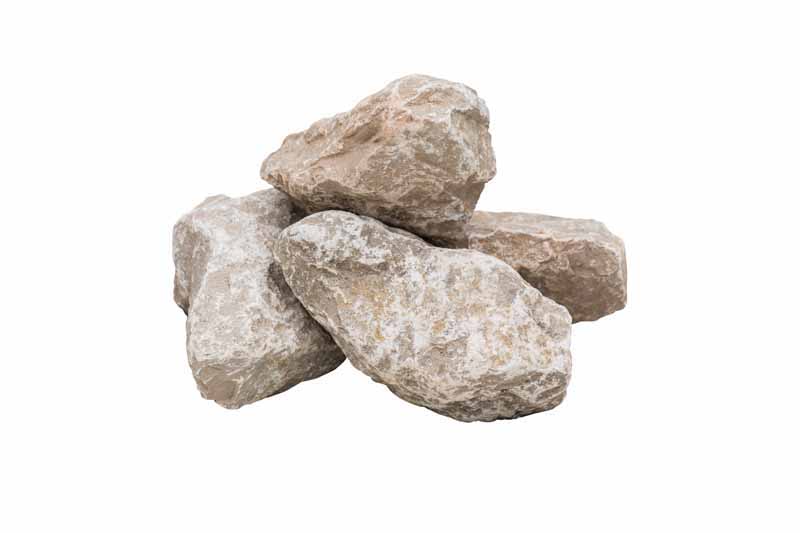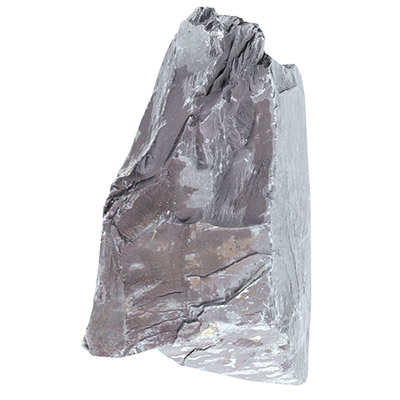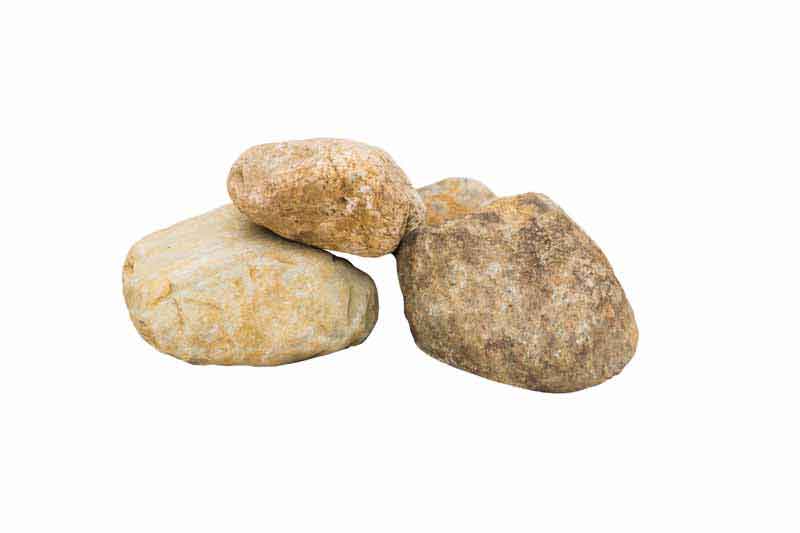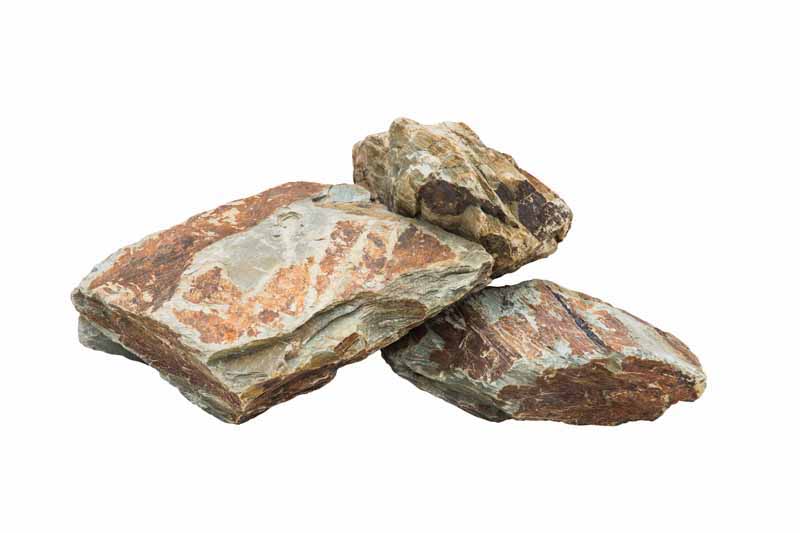However, if you've never created a rockery stone garden before, it may seem like a daunting task. But, with the following tips, creating the perfect rockery stone garden will be easier than you might have imagined.
Be inspired
First things first, before you start digging outside or shopping for rockery stones, it's important to think about what kind of rockery garden you want to create. Think about what kind of features it will have and what sort of style you want to emulate for your rockery garden. This could be an Alpine, Oriental or Mediterranean style, for instance.
If you are stuck for ideas, have a look through gardening magazines for inspiration, or visit properties that have rockery stone gardens of their own for ideas you can steal. Search for a supplier of rockery stones near me who can offer ideas to get your dream rockery garden on the way to reality.


Choosing the location
Have a think about where you want your rockery stone garden to be located. It's important to feel totally happy with the spot you choose, as once it has been laid down it will be a lot harder to remove.
Choose a site that will complement the type of plants you might want to include in your rockery garden. For example, if you're going to add Alpine plants these will need lots of natural light, so your rockery shouldn't be placed in a shady area.
However, you may wish to build the rockery garden in an 'awkward' part of your space that could be dark, damp and tricky to grow plants successfully, in which case, you may be happy for the rockery to just include stones and a water element, or maybe plants such as hardy mosses or lichens which can even thrive in hostile conditions.
Generally speaking, the type of flowers and plants you want to grow in your rockery garden will dictate where you place it, so understand the growing conditions of your chosen plants first before deciding on a spot.
While many people opt for Alpine plants when creating a rockery garden, it's also worth bearing in mind that, as long as the plants have the right amount of soil, nutrients and lights to meet their needs, you could grow all sorts of plants in rockery gardens, including bulbs and even herbs.
Adding water
A lot of people like to include a water element in a rockery garden, and, certainly, having water trickling or cascading down rocks looks beautiful and sounds tranquil, too. If you want a water feature to be included in your rockery garden, think about how this will work, as this could also be influenced by the location. For instance, if you choose a water feature that will be powered by a solar panel, your rockery garden should be placed somewhere that receives a lot of sunlight to enable the solar panel to provide enough power for the water feature to function.
Alternatively, if you already have a pond, you could add the rockery next to the pond to use the water from the pond as a feature for your rock garden.
In addition to these practical considerations, you should choose a site where you can enjoy looking at your rockery garden, so don't tuck it away into a corner of your plot if you want it to become a focal point of your space.
Size matters
Think about how big you want your rockery garden to be. If you've only got a compact space you might be restricted to a small rockery, but that doesn't mean to say that it won't be big on impact.
Measure out the space that you'll be devoting to your rockery garden, so you can get a better idea of the amount and type of plants or features you will include, as well, of course, how many rocks or stones will be needed.
Choosing rockery stones and rocks
One of the biggest considerations you'll need to make when creating a rockery garden is choosing the rockery stones or rocks. After all, this will be the main component of the feature, so it's crucial that you get this aspect right to create the desired impact.
You'll probably spend a long time at this stage because there is so much choice on offer! Rockery stones and rocks come in all different shapes, colours and sizes, as well as various material types such as granite, slate or boulders.
Size considerations
So, where do you start? First of all, think about what size of stone you want. Smaller stones work well for small rockery gardens and are easy to move around compared to larger stones. However, large rocks offer great visual impact. It's a good idea to have a mixture of both large and small stones to provide interesting contrast and texture.
When deciding how many rocks you'll need, it's always best to buy more than you think. A reputable rockery stone provider may be able to help you work out how many you'll potentially need.
Colour choices
It's especially important to make sure you choose the right colour of stone for your rockery. Stone colours can vary from light in shade to dark tones, with some also having various different hues. Bear in mind that rock colours can also look slightly different when exposed to sunlight or water, often enhancing their beautiful shades.
When choosing the colour of your rocks, think about what kind of plants you want to include in your rockery and how the planting colours will blend in with the shade of stone.
You might also wish to choose your rock colour to blend in with other hard landscaping features you have in your garden, such as patio stone, boundary materials and colours as well as any other structures or garden furniture you might have.

Sourcing rockery stones and rocks
If you want your rockery stone garden to look good for as long as possible, it makes sense to choose a reputable supplier. Search online for rockery stones for sale near me and choose a provider that has lots of high-quality options available. A specialist rockery stone supplier will also be able to provide you with any help and advice to find the right rocks and stones to match your needs.
If you want your rockery garden to look good all year round, for years to come, choose natural stones that weather well with age. You might end up paying a bit more for these compared to cheaper stones, but it will prove to be a good investment for your outside space.
When to build a rockery
Rockery stone gardens can be built at any time of year, although it's preferable to choose a time when the soil is damp and soft, as it will be easier to work with. Late winter or after heavy rainfall are good times to start your rockery garden project, although if you're adding plants to your rockery, spring is equally fitting as it will give plants time to grow into their positions.
Making the rockery garden
If you want your rockery garden to look its best, it's vital that you spend some time preparing the site before laying the rocks down. Obviously, the bigger the rock garden, the more effort and tools you might need to create it.
Mark out your chosen area and remove any plants or weeds so that the ground is clear. It's easier to build a rockery on a flat surface, but you can also build one on a slope if you wish - just make sure the stones are firmly in place and won't roll over!
Add a layer of rubble to the ground to improve drainage, and, to prevent any weed seeds left in the soil from germinating and colonising the rock garden, it's worth installing a weed proof membrane to the site.
Once you've got your ground prepared, the fun part begins - placing the rocks. Start by adding the biggest rocks first, and build them up into a peak. You can then add smaller rocks or stones to sit on the larger ones, thinking about the overall shape and structure you want to create, as well as taking into account where you want to place any plants and other elements, such as a water feature. If you want to create different microclimates for your plants, make sure to place the rocks in various different directions.
As you build up your rockery structure, continue to layer it with topsoil so that you have some pockets for your chosen plants.
Planting pockets facing south will be better suited to drought-tolerant plants that like a lot of sun, while mosses, small ferns, dwarf conifers and lichens are especially suited to rockery aspects facing north, as these don't require much light.
Once you've added any plants to your rockery, give them water and then place some horticultural grit over the soil to improve drainage.
Maintenance
A well-built rockery garden will need little maintenance, so it's the ideal structure for your landscape if you have limited time on your hands.
Occasional weeding and watering may be needed for some plants, and if some plants start to outgrow their positions, you may need to prune them or move them on to another part of the garden. If you choose high-quality stones and rocks for your rockery garden, these will pretty much look after themselves. They will continue to look good for a long time to come, with their appearance often improving as they weather with age.
If you're looking for a wide range of high-quality rockery stones for sale near me, get in touch with the rockery stone professionals at Decorative Gardens.





